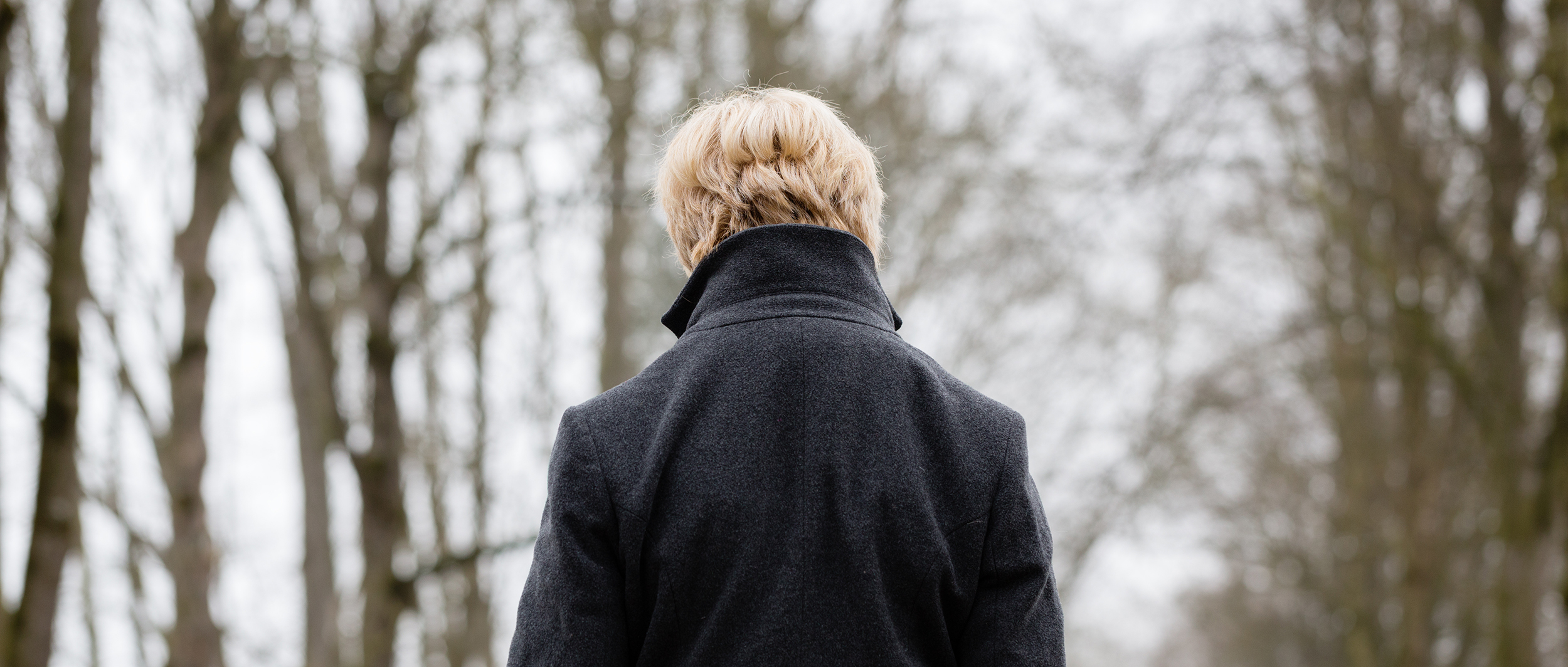It’s More Than the Winter Blues

The Truth About Seasonal Affective Disorder
If you or a loved one suffers from seasonal affective disorder (SAD), it might not be “the most wonderful time of the year.” Here is a guide to symptoms, treatment and ways to prevent SAD.
Seasonal Affective Disorder Vs. Depression
Depression is a disease in which your brain’s pleasure responses are broken causing symptoms such as a loss of appetite, fatigue, trouble sleeping, feelings of hopelessness and social withdrawal. People with depression often have a harder time managing their symptoms in the winter. When depressive symptoms only affect you in the winter, it’s considered SAD.
SAD is a mood disorder that happens every year at the same time. A rare form of seasonal depression, known as “summer depression,” begins in late spring or early summer and ends in fall. In general, though, SAD starts in fall or winter and ends in spring or early summer.
While we don’t know the exact causes of SAD, some scientists think that it may be related to certain hormones made deep in the brain triggering attitude-related changes at certain times of year. One theory is that less sunlight during fall and winter leads to the brain making less serotonin, a chemical linked to brain pathways that regulate mood. When nerve cell pathways in the brain that regulate mood don’t function normally, the result can be feelings of depression, along with symptoms of fatigue and weight gain.
SAD usually starts in young adulthood and is more common in women than men. Some people with SAD have mild symptoms and feel out of sorts or irritable. Others have symptoms that interfere with relationships and work. Because the lack of enough daylight during wintertime is related to SAD, it’s less often found in countries where there’s plenty of sunshine year-round.
Seasonal Affective Disorder Symptoms
People with SAD have many of the normal warning signs of depression.
- Less energy
- Trouble concentrating
- Fatigue
- Greater appetite
- Increased desire to be alone
- Greater need for sleep
- Weight gain
Seasonal Affective Disorder Treatment
There are different treatments available, depending on the severity of your symptoms. If you have another type of depression or bipolar disorder, the treatment may be different. Many doctors recommend that people with SAD go outside early in the morning to get more natural light. If this is impossible because of the dark winter months, antidepressant medications or light therapy (phototherapy) may help.
How to Prevent Seasonal Affective Disorder
- Spend time outside every day, even when it’s cloudy. The effects of daylight still help.
- Stand in the sun– At least 15-30 minutes of sunlight, especially in the early morning, helps to regulate your internal clock.
- If a light box is recommended, begin using when fall starts, even before you feel the effects of winter SAD.
- Practice wellness
- Eat a well-balanced diet to give you more energy. Limiting your alcohol intake can go a long way in fighting the blues.
- Exercise for 30 minutes a day, five times a week with a daily routine of at least seven hours of sleep.
- Cultivate some winter hobbies. While the chilly weather may freeze your weekend outdoor plans find things to do inside.
- Catch up on your reading list.
- Tackle a new project in the house.
- Adjust your leisure activities to fit the seasons.
- Stay involved with your social circle and regular activities. Social support is very important.
Should I Call My Doctor About Seasonal Affective Disorder?
SAD is common and usually resolves within months. If you feel depressed, fatigued and irritable the same time each year, and these feelings seem to be seasonal in nature, you may have a form of SAD. If your symptoms interfere with your everyday life and natural interventions are not successful, talk openly with your personal doctor about your feelings. Follow his or her recommendations for lifestyle changes and treatment.
Additional Resources on SAD and Seasonal Depression
Learn more about mental health at the following websites.
N.E.W. Mental Health Connection, North East Wisconsin



